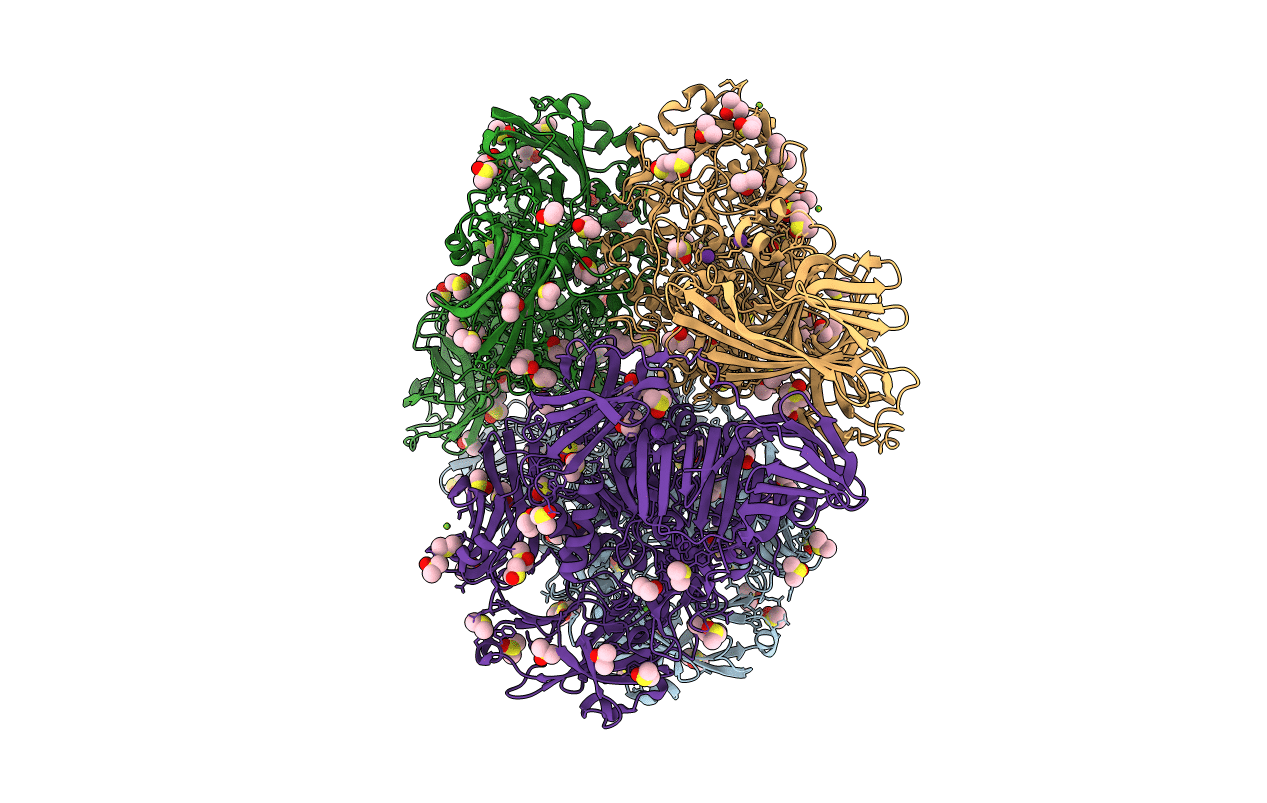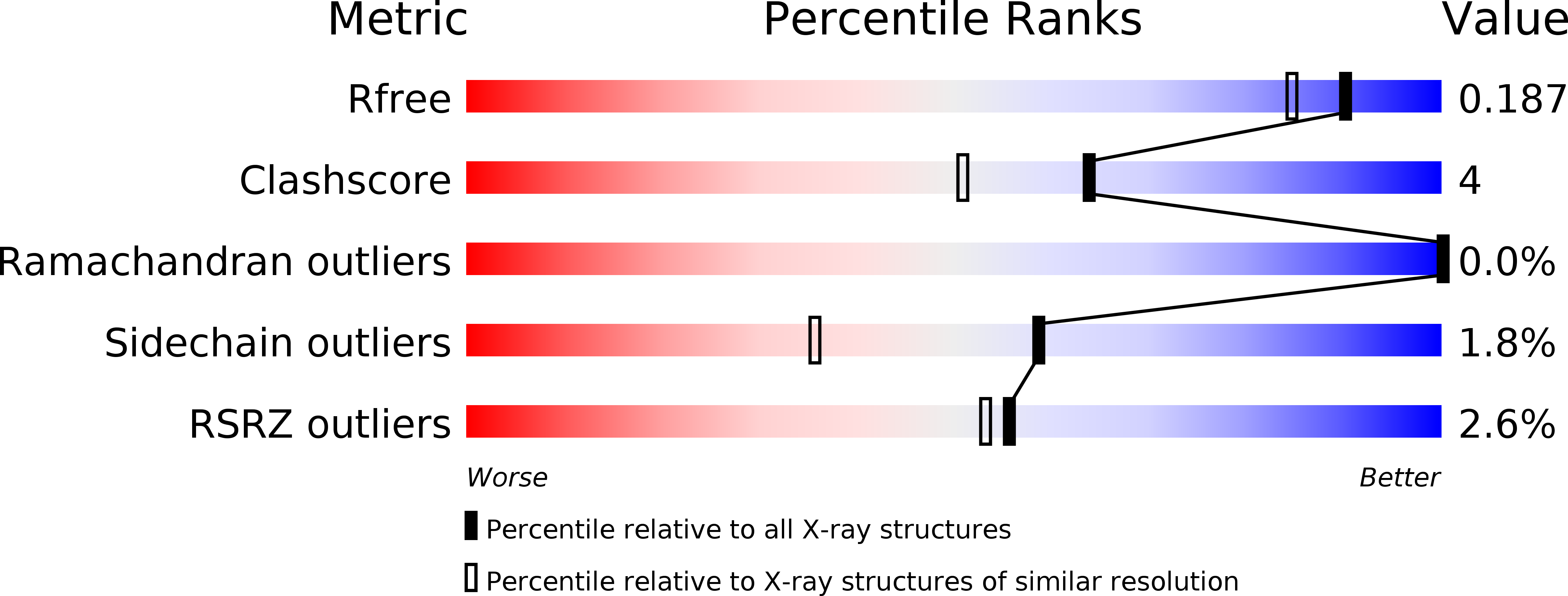
Deposition Date
2014-06-20
Release Date
2015-03-25
Last Version Date
2024-10-30
Entry Detail
PDB ID:
4TTG
Keywords:
Title:
Beta-galactosidase (E. coli) in the presence of potassium chloride.
Biological Source:
Source Organism:
Escherichia coli (Taxon ID: 562)
Host Organism:
Method Details:
Experimental Method:
Resolution:
1.60 Å
R-Value Free:
0.18
R-Value Work:
0.15
R-Value Observed:
0.16
Space Group:
P 21 21 21


